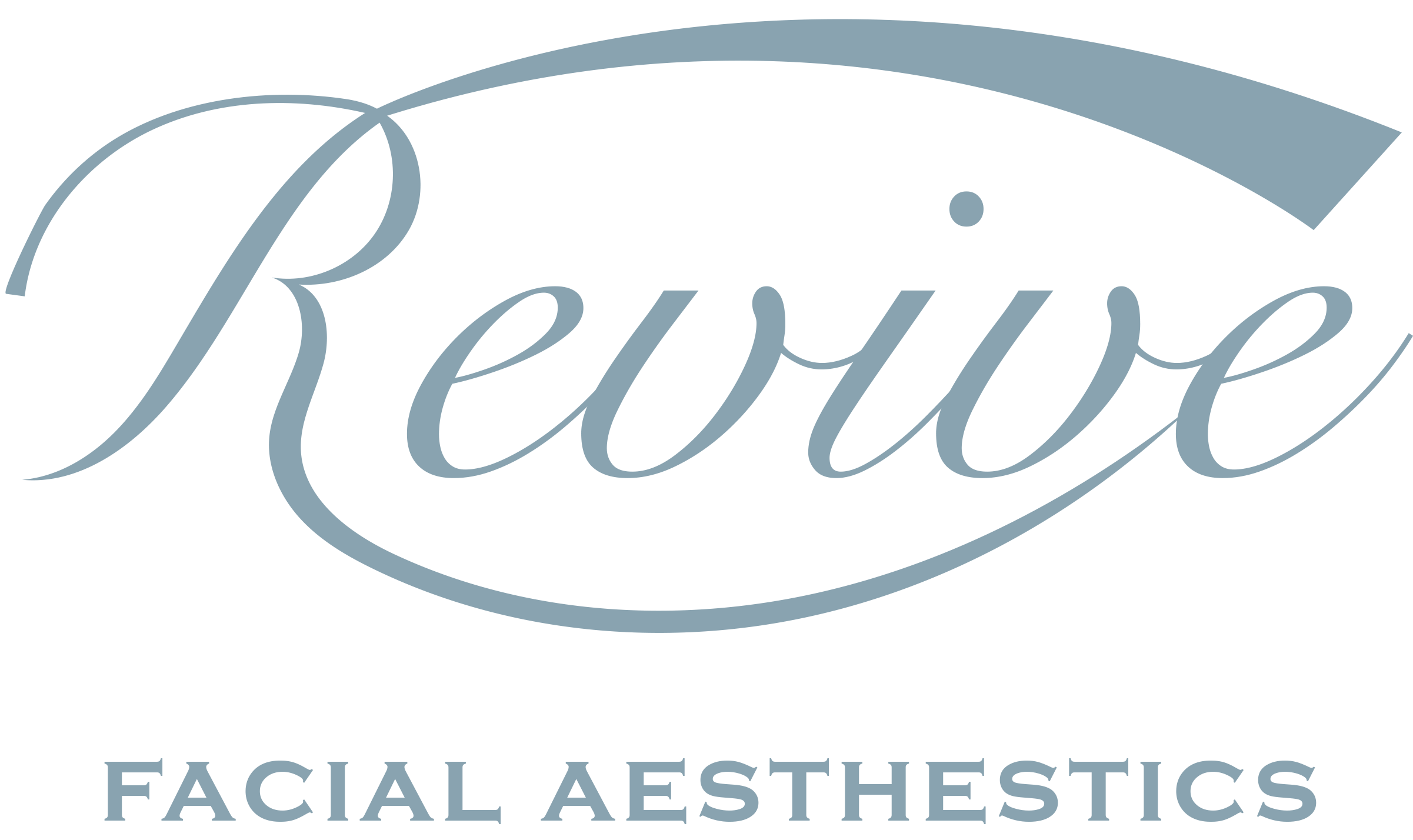Whether it's reducing wrinkles or addressing discomfort caused by overactive muscles, Botulinum Toxin has become a go-to option for many seeking a refreshed look. Here, we'll delve into the basics of these treatments, explore their differences, uncover their common uses, and leave you with a better understanding of what makes them truly remarkable.
The Basics of Botulinum Toxin
Botulinum Toxin is an injectable treatment widely used in cosmetic procedures to achieve a more youthful appearance. Botulinum toxin is a potent neurotoxic protein produced by the bacterium Clostridium botulinum. This remarkable substance acts by blocking nerve signals in muscles, resulting in temporary muscle paralysis.
The application of Botulinum Toxin has been widely recognized and celebrated for its therapeutic use in treating various medical conditions such as muscle spasms, chronic migraines, excessive sweating (hyperhidrosis), and even certain types of urinary incontinence. Furthermore, this exceptional neurotoxin has also found significant success as a cosmetic treatment option for reducing facial wrinkles and fine lines commonly associated with aging; it accomplishes this feat by selectively weakening specific facial muscles responsible for wrinkling. Although the idea of injecting oneself with a toxin may sound counterintuitive, when administered correctly by skilled professionals within safe dosage limits, Botulinum Toxin presents minimal risks and boasts an impressive track record in providing relief from both medical ailments and aesthetic concerns alike.
Botulinum Toxin works by blocking nerve signals that cause muscle contractions. By doing so, it relaxes targeted muscles and diminishes the appearance of wrinkles.
How Is Botulinum Toxin Administered?
Botulinum toxin, commonly known as Botox, is administered through a precise and controlled process to ensure maximum efficacy. The first step in administering this potent neurotoxic protein involves assessing the patient's facial anatomy and determining the areas that require treatment. A fine needle is then used to inject small amounts of the toxin into specific muscles responsible for causing wrinkles or muscle spasms. These injections are typically performed by healthcare professionals such as dermatologists or plastic surgeons who possess extensive knowledge about facial musculature and aesthetic enhancements. By strategically targeting these muscles, Botox temporarily blocks nerve signals, preventing muscle contractions that lead to dynamic wrinkles like crow's feet or frown lines. This careful injection technique ensures that adjacent non-targeted muscles remain unaffected, preserving natural facial expressions while minimizing potential side effects. Multiple injections may be required depending on the severity of wrinkles or the intended therapeutic outcome; nevertheless, meticulous precision always guides this procedure to achieve optimal results safely and effectively.
Uses Of Botulinum Toxin
Botulinum Toxin is derived from a bacterium called Clostridium botulinum. They work by paralyzing the muscles in the targeted area, preventing them from contracting and causing unwanted movements or tension.
- Firstly, this is widely used for their muscle-paralyzing properties. When injected into specific muscles, it blocks the release of acetylcholine, a neurotransmitter responsible for signaling muscle contractions. This mechanism allows Botulinum Toxin to effectively treat conditions such as strabismus (crossed eyes), blepharospasm (eyelid spasms), and cervical dystonia (severe neck spasms).
- In addition to therapeutic uses, Botulinum Toxin compounds have gained immense popularity in the aesthetic industry since they can reduce the appearance of wrinkles caused by repetitive facial expressions. By temporarily relaxing targeted facial muscles like those around the forehead or crow's feet area, Botulinum Toxin smooths out fine lines and creases, giving individuals a more youthful look.
- Furthermore, another noteworthy application of this substance is its potential to provide relief for temporomandibular joint disorder (TMJ) discomfort associated with overactive jaw muscles. By selectively injecting Botulinum Toxin into hyperactive chewing muscles like the masseter or temporalis muscle groups that contribute to TMJ pain symptoms—such as jaw soreness or headaches—this medication can help relax tension within this complex joint while reducing discomfort significantly.
Whether you're looking to smooth out wrinkles or alleviate TMJ discomfort caused by overactive muscles - Botulinum Toxin offer effective solutions worth considering! To learn more about how Dr. Alan McCaffrey can help, call us at (702) 243-8788.















